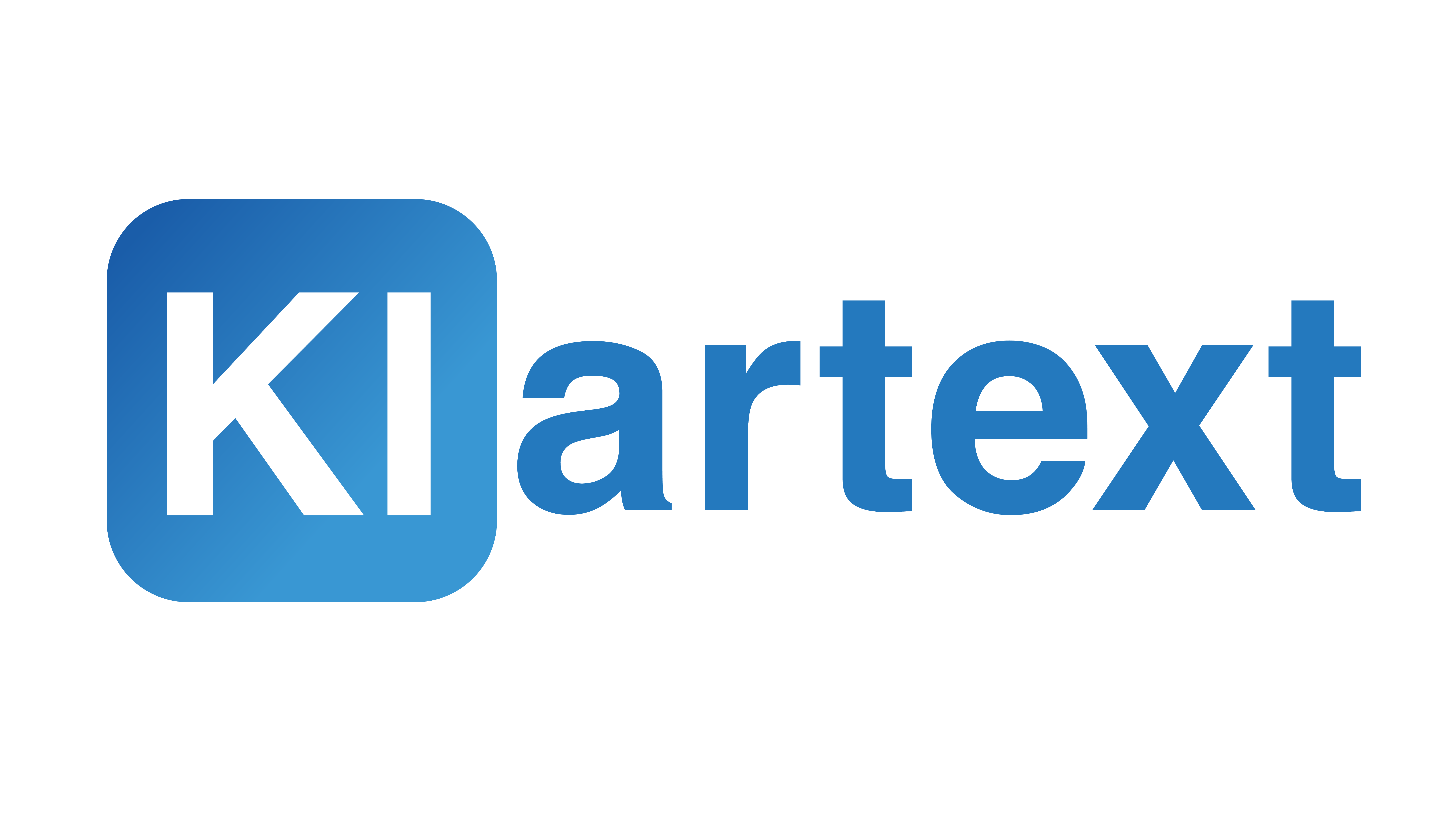End-to-End Ownership: From Idea to Deployment
Why we don't build POCs, but deliver real, productive systems.
Many AI projects end up as Proof of Concepts in a drawer. We take a different path: End-to-End Ownership means we take responsibility from the first hypothesis to productive deployment. One team, full responsibility, real implementation – no handovers, no knowledge loss, no POCs without a future.
There's a dirty secret in the AI consulting industry: Most POCs never make it to production.
Why? Because a Proof of Concept isn't a production system. Because there are worlds between "works in the lab" and "works in daily business". Because knowledge is lost in the handover from POC team to development team.
At Klartext AI, we don't build POCs. We build production systems. From the start.
The POC Problem
Imagine: A consulting company comes, builds an impressive POC in 3 months, presents shiny results – and then disappears.
What remains? A system that:
- Works with selected test data but not with real data
- Has no error handling
- Doesn't scale
- Has no monitoring
- Isn't integrated into existing systems
- Is understood by no one
The internal team must then re-implement everything. Or the POC ends up in a drawer.
That's wasted time and wasted money.
What End-to-End Ownership Means
End-to-End Ownership isn't a marketing phrase. It's a fundamental way of working:
1. One team, one responsibility
From the first idea to productive operation – the same team. No handovers, no knowledge silos, no "not our problem" mentality.
2. Production-ready from the start
We don't build prototypes that later "need to be made production-ready". We build for production from the beginning: with error handling, logging, monitoring, tests.
3. Deployment isn't the end
Deployment is the beginning. After that comes monitoring, optimization, support. We stay until the system runs stably.
4. Responsibility for results, not effort
We don't sell developer-days. We deliver working systems with measurable business results.
The Difference in Practice
Classic approach:
- Phase 1 (3 months): POC team builds demo
- Phase 2 (6 months): Development team re-implements
- Phase 3 (3 months): Operations team struggles with deployment
- Phase 4 (ongoing): Maintenance team tries to understand what was built
Time: 12+ months to production
Knowledge loss: High
Success rate: Low
Our approach:
- Sprint 1-2 (2-4 weeks): MVP with real data, production-ready
- Sprint 3-4 (2-4 weeks): Integration, monitoring, initial optimizations
- Sprint 5+ (ongoing): Continuous improvement based on real feedback
Time: 1-2 months to production
Knowledge loss: None
Success rate: High
An Example: Grant Application Generation
In our grant application generation project, we lived End-to-End Ownership:
Week 1-2: Domain understanding, first prototypes with real applications
Week 3-4: MVP deployed, first real applications generated
Week 5-8: Feedback integration, optimization, scale-up
Month 2: Production operation with 95% time savings
No POC, no handover, no re-implementation. One team, start to finish.
Break-even after 1 month – faster than any POC approach.
Why Teams Fail
Most projects don't fail because of technology. They fail because of:
- Handovers: Every handover loses knowledge
- Silos: POC team knows business, dev team knows infrastructure – no one knows both
- Missing ownership: "We did our part, now it's your turn"
- Misaligned incentives: POC team gets paid for demo success, not production success
End-to-End Ownership eliminates these problems through a simple principle: One team is responsible for success, not delivery.
The Uncomfortable Truth
End-to-End Ownership is more demanding. You can't leave after the POC. You must care about error handling, performance, monitoring, support.
But it's the only way to achieve real impact.
We don't want to sell demo videos. We want to build systems that solve real business problems. And that requires ownership – from start to finish.
At Klartext AI, we're responsible for results, not presentations.
